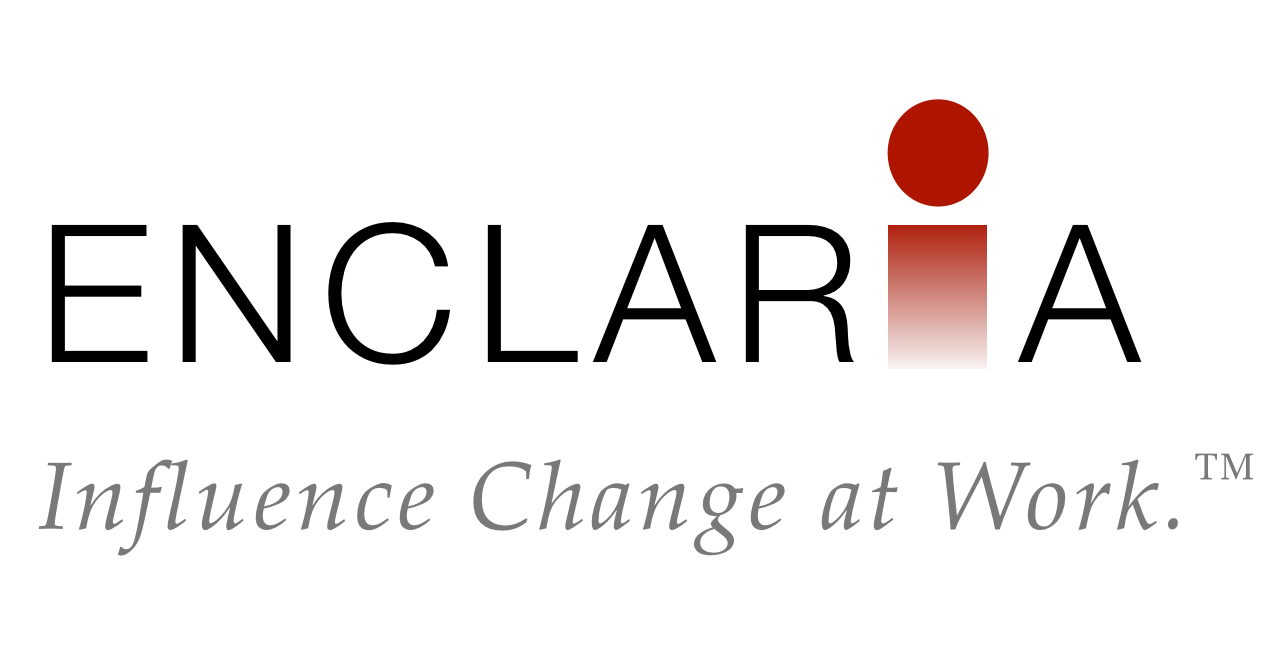Anyone who tries to implement change in an organization experiences resistance. While it shows up as overt challenges or complaints, it also appears as a more subtle digging-in of heels. Missed deadlines. Rescheduled meetings. Sticking with the usual. Hesitance. Silence.
The experience of resistance for change agents is personal. A recent post on Twitter by @estherderby said it best, “Resistance = Other people are not doing things I want them to do w/ the speed or enthusiasm that I desire.” I liken the feeling to pushing a boulder uphill. It’s easy to get frustrated when it seems like people are not listening to you.
Resistance is not something that can be overcome or pushed aside. The harder you push, the harder you will be pushed against. If you were able to bulldoze through resistance, you will have reached the other side without bringing anyone else along. Instead, to influence change, respect resistance.
Resistance itself is not bad. In fact, it is perfectly normal and justified. Humans like things to stay the same, be predictable, remain safe. It’s written in our brains to either fight or run away from things that we perceive as threats to our security.
Approach resistance with curiosity. Resistance serves as an opportunity to improve the change process. It helps you clarify what to do next. Sometimes it gives a warning of something about to go wrong. When you seek to understand resistance, you give people an opportunity to be heard. Work with resistance instead of against it.
How might you better understand the sources of resistance in your organization?
Read more of the 99 Ways to Influence Change.
